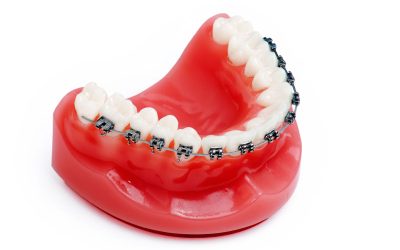Getting a cavity filled is one of the most common dental procedures. Dentists repair decayed teeth on a daily basis. In fact, over half of the population will experience a cavity at some point in their life. Having a cavity filled is painless and usually relatively quick. If you need a Tooth Filling in Laurel MD, understanding the process will help make you feel more prepared for your appointment.
What Is a Dental Cavity?
By definition, a cavity is an empty hole or space within a solid object. A dental cavity is no exception. These holes are caused by the buildup of plaque and bacteria that has eaten away the outer layer of the tooth. The cavity will continue to grow in size unless all of the decay is removed from the tooth. If a cavity gets too large, it may damage the nerve of the tooth. Once the nerve become infected, the cavity will become painful, and the tooth may need to be extracted to avoid further complications. A Tooth Filling in Laurel MD is used on smaller cavities to prevent it from growing larger.
How Is a Cavity Treated?
If your dentist finds a cavity on during an exam, they will recommend a Tooth Filling in Laurel MD. During this procedure, the dentist will numb the patient’s mouth with a localized anesthetic. Once the entire area is numb, the dentist will begin to clean out decay from the cavity. A small drill is used to help the dentists remove all of the decay. In essence, the cavity is made larger so that the dentist can completely sterilize the area. Once the cavity is clean, it will be filled with a special material. Depending on the tooth, your dentist may recommend either a silver filling or a tooth-colored composite one. Be sure to click here for more info about the filling materials used at your local clinic. The patient will not feel a thing during the entire process.
Filling cavities is very common at a dental clinic. It is best to have a dental examination every year to catch and treat any cavities while they are still small. Diagnosing and treating dental cavities will help keep your smile healthy for years to come.


